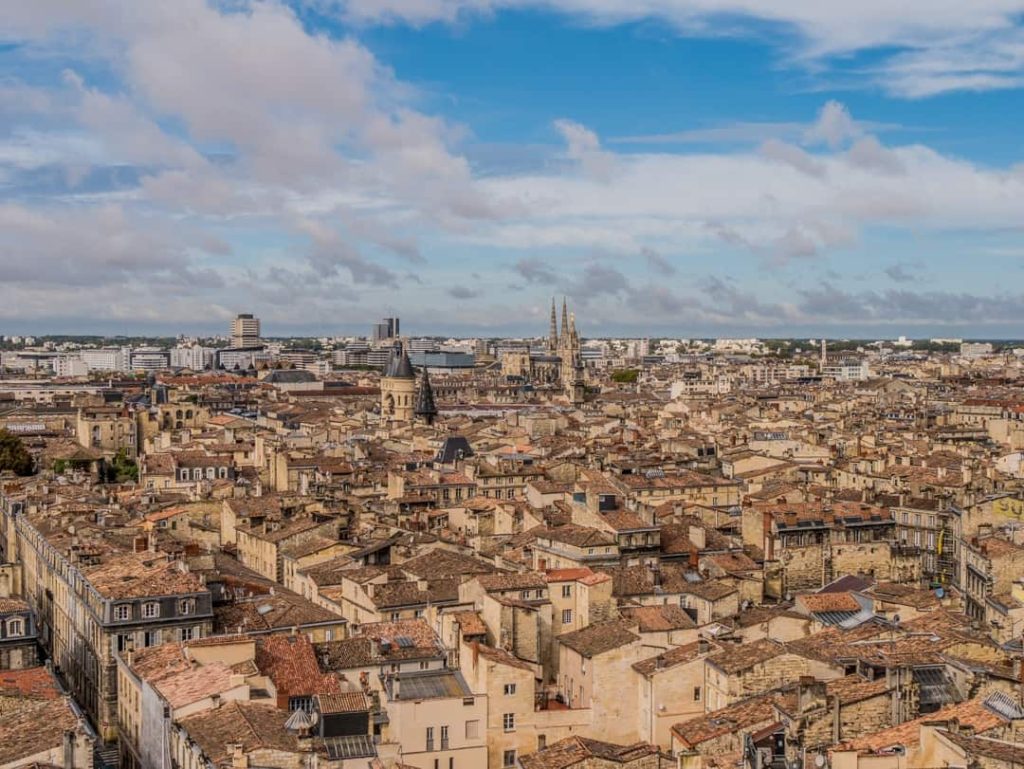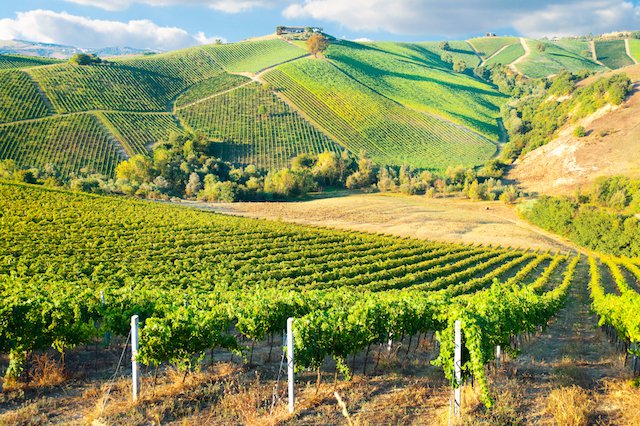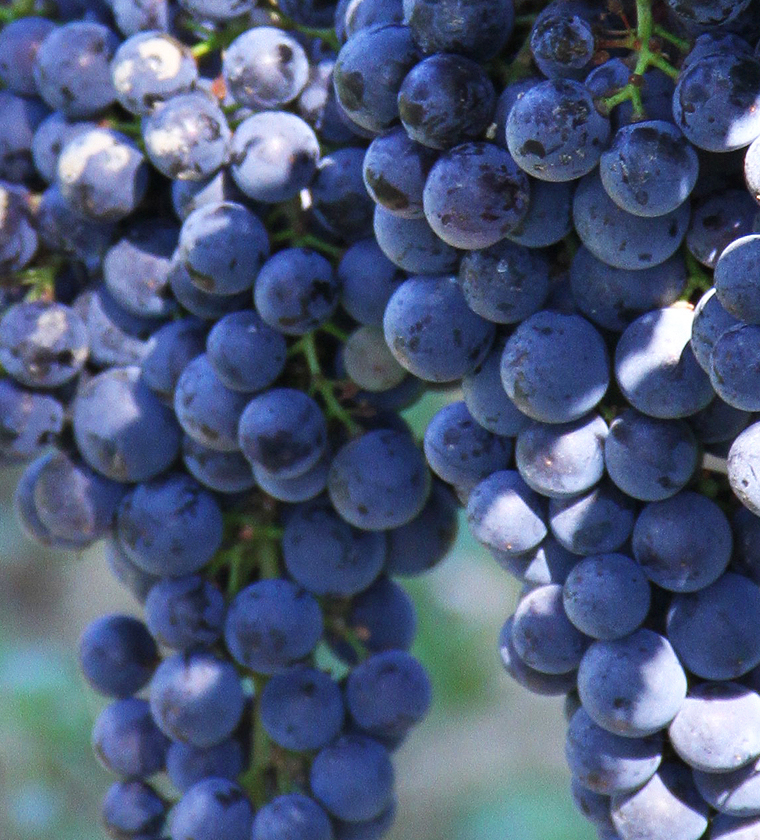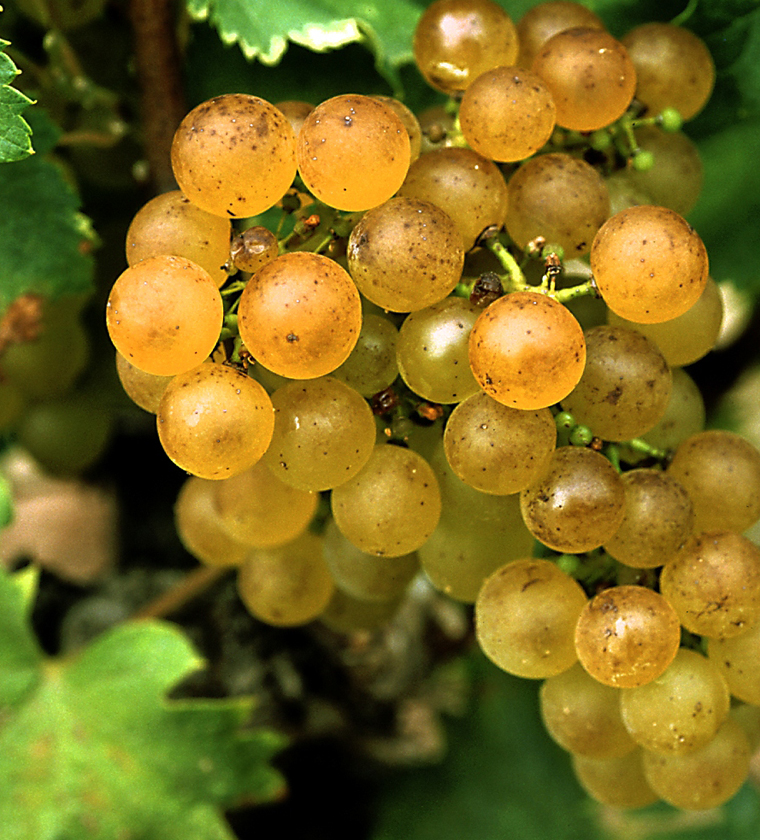The first thing that springs to mind when we think Bordeaux are the super-premium first growths and their bank breaking prices. Red wines which require a temperature and humidity controlled cellar, copious amount of patience, and a momentous occasion to pop open these gems.
But did you know that in fact 97% of Bordeaux produces perfectly mature, ready to drink, good quality, everyday dinner table wines that are not only wallet friendly, they exemplify terroir, complexity, and elegance.
The regional appellations Bordeaux AOC and Bordeaux Supérieur AOC together accounts for 50% of all wine produced in Bordeaux. And nearly 70% of the entire Bordeaux production sells for inexpensive to modest prices. In fact, only 3% sells for premium or super premium prices (15+ Euros, for my American friends, that translates to $10-35).
La Route de Bordeaux, Porte du Vignoble from Vins de Bordeaux on Vimeo.
Fun Facts for Bordeaux:
- Did you know the Bordeaux we recognize today as the most important and popular wine region of the world was once swamp land? Dutch engineers drained the marshes in mid 1600s, which reaffirmed Bordeaux’s position as being blessed with the perfect combination of the right soils and moderate maritime climate for growing high quality wine grapes.
- France’s largest appellation, quality wine region produces all shades of wine – red, white, rosé including sparkling and sweet wines – 84% Red, 9% dry white, 4%, and 1% both sweet and sparkling wines.
- While most quality wine is bottled under one grape, there are few exceptions that spring to mind – Southern France’s complex Rhone wines, Northern Italy’s luscious Amarone, elegant clarets aka Bordeaux blend. Diversity in soils coupled with difference in ripening times, Bordeaux wines have always been produced as a blend.
- Historically (which is about to change) red Bordeaux was a blend of 6 red grapes – Cabernet Sauvignon, Merlot, Cabernet Franc, Petit Verdot, Malbec, & Carmènere. Blending not only guaranteed consistency towards a house style, it also adds complexity to the finished wine. The super star Cabernet Sauvignon adds structure, power, and longevity. Silky Merlot supplies juiciness while softening Cabernet Sauvignon’s harsh tannins. Cabernet Franc imparts exotic spices, Petit Verdot deep color, and Malbec fresh fruit aromatics.
- White Bordeaux both dry, full bodied, aromatic and the opulent sweet dessert versions are a blend of Sémillon, Sauvignon Blanc, and Muscadelle.
- Set in stone the classification of 1855 ranked top estates based solely on prices into the exalted first to fifth growths for the red wines of Medoc such as Chateau Lafite Rothschild, Chateau Margaux, while the sweet wines of Sauternes into first and second growths. In 150 years, there has been only one exception: Chateau Mouton Rothschild was promoted to first growth from second in 1973.
- Bordeaux, port of Moon and St. Emilion are UNESCO world heritage sites.
Climate Change:
Broadly speaking, climate determines if grapes can exist, period. Plants are dependent on climate conditions such as temperature, sunlight, rainfall, wind, and other atmospheric elements for their growth and development. It has been established, that grape vines thrive best between temperature 50°and 70°F. Below 50F (10C), the vine remains dormant while above 70F (22C) the growth slows down.
Like human’s grape vines are extremely sensitive beings. Too little sunlight and warmth, they struggle to reach sugar ripeness which is required to convert sugar into alcohol. Conversely too much light and heat accelerates the sugar development before reaching optimal physiological aka phenolic ripeness and acid levels, which in turn alters the signature aromas and flavors of wines, the very reason why we love certain wine and what we expect from them.
As global temperatures rise, mother nature is responding with erratic and extreme outburst. Untimely frost, hailstorms, excessive rain, El Nino, you can begin to grasp what’s the big fuss about climate change. In 2017 early frost decimated vines and reduced the overall grape harvest by 50% (worst frost in 26 years) in Bordeaux. While in Portugal, wildfires killed 66 people and Douro river dried up for the very first time in history. On the other side of the pond, last year Australia dealt with one of the hottest and driest summers the country has endured. Wine volumes were down 30-50% in premier regions such as Barossa Valley & Clare Valley.
Unlike other fruits and vegetables, grape harvest occurs only once in a year. Can you imagine the devastating affect this financial toil has on the families whose sole source of income is selling grapes or producing wine? Franciacorta, Italy’s leading sparkling wine region and wine is harvesting 2019 crop as we read this. Majolini, an organic and sustainable winery instead of 200 tons of grapes picked 40 tons. That’s 80% lost due to hailstorm. Climate change is real people.
The very climate that bestows this quintessential balance of sugar, acidity, and tannins which earned Bordeaux it’s coveted collectible title for wines that swaggered elegance, balance, & aromatic complexity is at jeopardy thanks to climate change. Hot dry summers combined with inadequate rainfall may lead to higher alcohol wines that lack balance due to low acidity. Bordeaux’s most planted variety – Merlot (66%) is an early ripening grape. A temperature rise of even 1 or 2 C will threaten Merlot from reaching its optimal ripeness.

History in the Making:
Our little corner we call the wine world is facing one of its toughest adversaries – climate change. Perhaps as formidable if not more than the pesky louse phylloxera which nearly killed all European grape vines. Entire wine communities, local and international – growers, producers, suppliers, governments, local governing bodies have joined hands in this fierce fight.
In Bordeaux 5,800 wine growers are under threat along with the production of 680 million bottles. That is 55,000 direct and indirect jobs in jeopardy.
Bordeaux Wine Council (CIVB) responded as early as 2003 by funding research work and till date has invested over 2 million euros. In efforts to reduce their carbon footprint, Bordeaux wine industry’s Climate Plan 2020 commits to reducing greenhouse emissions by 20%, conserve 20% energy, conserve 20% more water, and create 20% more renewable energy – all by 2020.
Additionally in order to continue producing high quality wines and implement sustainable practices from the vineyard to the cellar, Bordeaux has proposed several strategies including the unprecedented inclusion of planting seven grape varieties that are not native to Bordeaux, including Vitis Vinifera crossings (hybrids were banned from quality wine production by EU).
Pending approval by INAO aka Institut National des Appellations d’Origine, France’s national body that overseas France’s wine appellation system, (a process which can take one year), here are the recommended changes:
- Approved Red Grapes: Arinarnoa, Castets, Marselan, Touriga Nacional
- Approved White Grapes: Alvarinho, Liliorila, Petit Manseng
- Bordeaux AOC (which cover reds, dry whites, sweet whites, rosé, claret and crémant production) + Bordeaux Supérieur AOC + Entre Deux Mers AOC are planting up to 5% of their vineyards with these 7 grapes. All together they cover more than 50% of the Bordeaux vineyards. These grapes were voted by the General Assembly in Bordeaux Superior following 10+ years of research.
- The first plots planted with the new varieties are expected in the 2020/2021 season.
- Upon approval, 10% of these new varieties will be allowed in the final blend.
What are the New Varieties?
Arinarnoa: is a red cross of the teinturier grape variety (dark skin and flesh) Tannat X Cabernet Sauvignon (previously thought to have been a cross of 2 Bordeaux grapes – Merlot and Petit Verdot), bred by INRA in 1956 to combat various diseases. Arinarnoa is not only a reliable producer, it is also resistant to fungal disease grey rot. And when faced with fluctuating temperatures, it maintains low sugars and retains high acidity – a huge plus for cellar worthy wines.
Castets: An ancient Bordeaux red grape that like Arinarnoa is less vulnerable to fungal diseases such as grey rot, oidium, & mildew, which are notoriously common in high rainfall/humidity areas such as Bordeaux. It brings rich color & higher sugar content to a blend.
Marselan: Another INRA cross, Marselan is an offspring of Cabernet Sauvignon X Grenache. A late ripener, it is less likely to succumb to spring frosts which can potentially catastrophically reduce grape yields. It contributes color and body with soft tannins.
Touriga Nacional: A Portuguese transplant, most well-known for the famous fortified port wines, is a thick-skinned red grape that produces full body wines with deep color, concentrated black fruit and floral aromas, while retaining good acidity which is so crucial for long term ageing.
Alvarinho: is the Portuguese name of the highly aromatic Spanish white grape Albarino. Its thick skin withstands wet aka maritime climate well to produce crisp wines high in both flavor and acidity. Yet another worthy opponent in the fight against climate change.
Liliorila: The baby of Chardonnay X Baroque (DNA analysis reveals links to Petit Corbu & Tannat), Liliorila produces full bodied, aromatic white wine kissed with noble rot aka the mystical mold responsible for the seductive gingery, honey, mandarin marmalade goodness in lusciously sweet wines.
Petit Manseng: The indigenous white grape notable for the sweet, late harvest wines of Languedoc southern France, is a natural fighter of grey rot, the malevolent form of noble rot. It promises to safeguard the future of the exquisite sweet wines of Bordeaux – Cérons, Barsac, and Sauternes.
With 2,000 years of experience making wine, some of the most talented and innovative grape growers and wine makers in the world, state of the art technology & scientific research, if I was a betting woman, I would incontestably bet my money on Bordeaux. Bordeaux’s climate change campaign shall secure Bordeaux’s reign as the powerful player of profoundly complex, age-worthy fine wines.
We for one can’t wait to savor what Bordeaux has in store for us in our future, perhaps as early as next year?
Credits: CIVB, MW Jean Reilly, Wine Cellar Insider.




